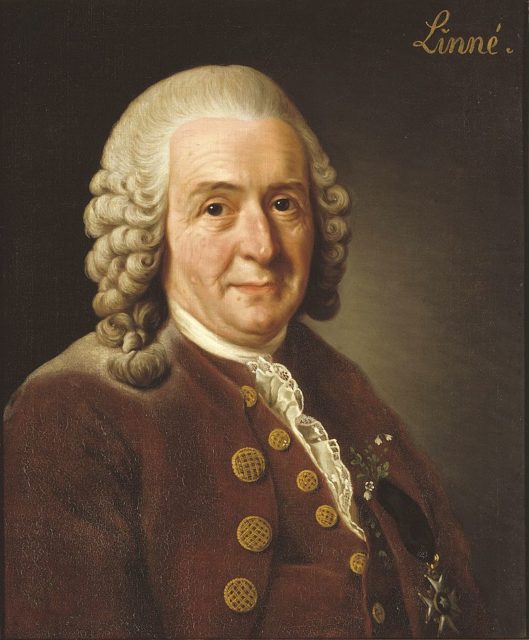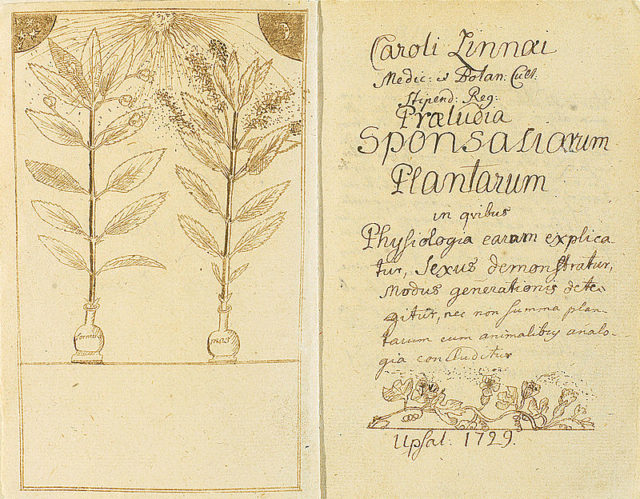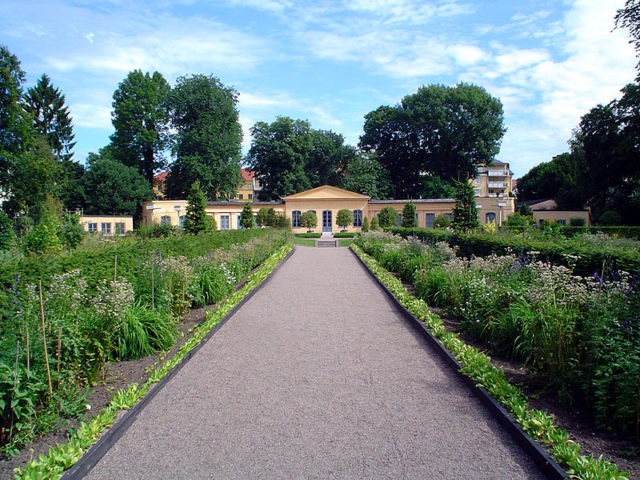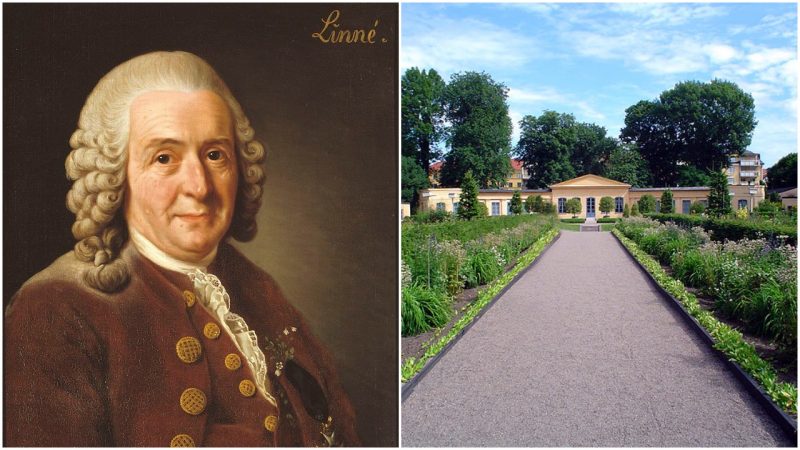Carl Linnaeus, also known as Carl von Linné, was a prominent Swedish botanist and zoologist who has been praised as being the father of modern taxonomy.
He was unsatisfied with the sloppy and unorganized procedure by which researchers named newly discovered living organisms, so he created his own thorough system and named it the binomial nomenclature. His system remains the primary classification system of living organisms.

Linnaeus’ prolific career and scientific work inspired many artists, scientists and thinkers of his time and some of them considered him an absolute genius. The famous philosopher Jean-Jaques Rousseau called him “the greatest man on earth,” and Johann Wolfgang von Goethe cited him as his idol along with Baruch Spinoza and William Shakespeare.
Aside from being preoccupied with scientific research, Linnaeus was obsessed with designing perfect gardens. At one point he started hypothesizing what is known as the “Linnaeus’ flower clock,” a garden that would be able to tell time. He wanted to arrange the garden in a circular formation and plant various species of plants that open or close their flowers at particular times of the day.

His list of proposed plants includes the Goat’s Beard, which opens at 3 am; the Dandelion, which opens at 5 am; the White Waterlily, which opens at 7 am, and many others. He introduced the concept to the scientific community in 1751 in his seminal work named “Philosophia Botanica”, but he never actually planted such a garden.
A century later, several prominent botanists attempted to create the flower clock in botanical gardens throughout Europe. Some of them managed to use plants from Linnaeus’ list to create impressive gardens that successfully worked as rudimentary timepieces.

However, the biggest problem of the flower clock hypothesis was that plants cannot be used to tell the time with absolute accuracy. Namely, although many plants open at regular times due to their genetic structure and their inherent circadian rhythm, all plants are affected by weather and seasonal changes which can create oscillations in their biorhythm.
Read another story from us: Bartram’s Garden: America’s oldest surviving botanical garden
Therefore, all attempts to use natural circumstances to create the flower clock failed because of nature’s unpredictability and adaptability. Still, modern laboratories can be used to manipulate weather and create artificial atmospheres so that the future may bring a fully functioning flower clock and the fulfillment of Linnaeus’ dream.
